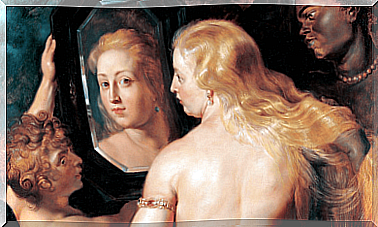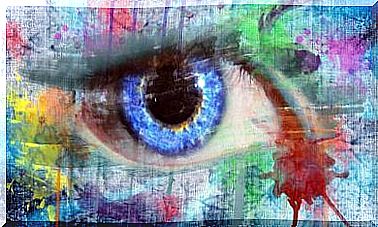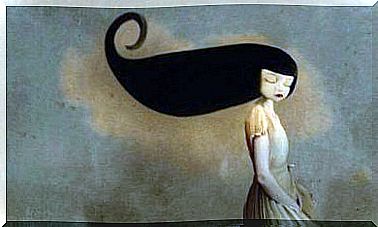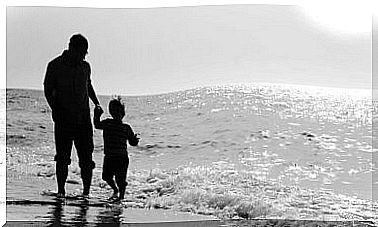Little Red Riding Hood’s Wolf Is Not Angry At All!
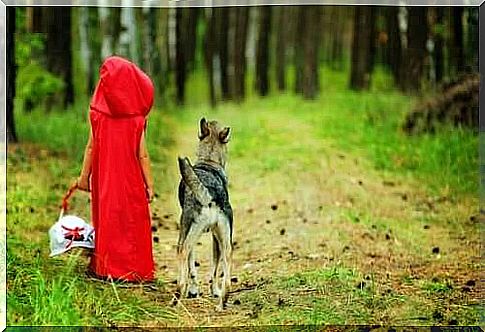
In the past few decades, our life and our world has accelerated increasingly. As a result, we often find it difficult to stop and think about how we treat our children and what we say to them. How often have you said yourself or heard someone say: “ Paul, you mustn’t hit your sister, that’s bad ! “?
This statement is sure to sound familiar to you. Perhaps you have already used these words yourself or heard others say them. But what is the real meaning of these words?
Of course, it’s not okay for Paul to hit his sister. However, it could still go too far if we then tell him that he is “ bad ”. This is why it is so important that we become aware of the differences that exist between a child’s action, behavior and his or her whole personality.
We need to be able to clearly distinguish between the action and the person. In addition, we shouldn’t judge and label others too quickly.

The Danger of Reviews: Good or Bad?
Surely Paul’s father only tells him that he is angry because Paul did something that was wrong. In addition, his father wants to tell him not to do this anymore.
But that is exactly the crucial aspect. Only his actions and behavior were inappropriate, but not Paul as a person. So if we continue to mix our children’s behavior with their personality, over time this can lead to a weakening of their self-esteem.
This process takes place slowly, so that we often do not even notice it. There is a huge difference between saying “you are thoughtless” (personality) and “that was thoughtless” (behavior).
Why the wolf is not angry with Little Red Riding Hood
It is therefore very interesting that children always say that the wolf in Little Red Riding Hood is evil. We only attribute this personality trait (“evil”) to the wolf because it wants to eat Little Red Riding Hood.
The conclusion is simple: if he wants to eat her, it is only because he is evil. Only bad people would do that.
After hearing and reading so many stories about wolves as children, such as Little Red Riding Hood , The Three Little Pigs , The Wolf and the Seven Goats, and Peter and the Wolf, we believe that they are evil because they are the main characters want to cause harm to fairy tales. Therefore, we rate them as “bad” even when that is not really the case.
We can see that the wolf is not really evil in and of itself. The wolf wants to eat Little Red Riding Hood because he’s hungry, not because he’s angry. By explaining this important difference to your children, you will help them develop more realistic, healthier, and more positive expectations about the world.
The poor wolves, look what a bad reputation they have! Try to change this by explaining and describing these characters differently to your children.
The art of describing behavior
Luis Cencillo was a philosopher and psychologist who used a very useful concept: ” resemantization “. The word derives from “semantics”, the linguistic study of meanings. By Resemantisierung is the description changed from something to make it more flexible.
We want to illustrate this with an example. You could say about a child that they are weird and evasive. If you are resemantizing (reinterpreting) this statement, you could instead describe it as shy.
Also keep in mind how hard it is to break free of a review once you’ve been stamped! The psychologist Alberto Soler describes it as follows: “It is very easy to evaluate something or someone, but much more difficult to then undo this evaluation again”.
To make things clearer, Soler uses the metaphor of the labels on mason jars. Once you’ve rated a child and pigeon-holed (nervous, angry, smart, helpful, restless, etc.), it will be very difficult to change that rating, even if you have knowledge of the rating is wrong.
Therefore, we should always be very careful and cautious about evaluating other people quickly. This is especially true for children.
We often tend to act in accordance with the evaluations we project outwardly. We also tend to accept reviews and labeling. There is a very fitting line from Henry Ford: “ If you think you can or if you think you can’t – you are right. ”
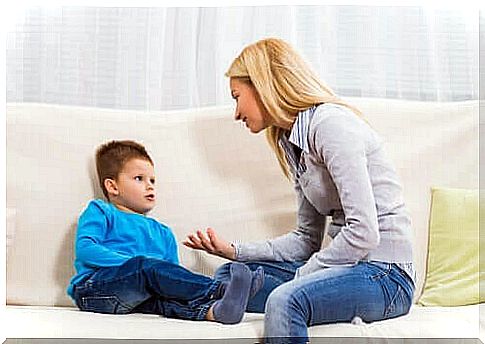
Another story to explain
“Galton’s Walk” is another story that explains very well the negative consequences of accepting an assessment or a role. Francis Galton was the cousin of Charles Darwin.
One morning he went to the park and thought he was the worst person in the whole world. He wasn’t talking to anyone. He kept all the thoughts in his head and thought about how terrible he was.
How do you think Galton felt about the people he met on his walk? Most would turn away from him and look at him in fear. Surprising, isn’t it? That is the power of evaluation.
Final thoughts
Finally, we would like to go into again why the wolf is not angry with Little Red Riding Hood. We are convinced that there are no bad children. Nevertheless, there are always people who will often say: “X is bad”. However, there are reasons for all problematic and difficult behavior.
This does not mean at all that we should justify and excuse all behavior. Rather, it is very important that we understand why a child behaves in a certain way. Therefore, it is best if you explain and describe behaviors to your children and students rather than judging and pigeonholing them.
Take a moment to think about the explanations you are giving to your children and the evaluations you are making. You should also be aware of the consequences your behavior could have for your children. The way in which you assess and assess different situations will help your children to think more flexibly, healthily and openly.
